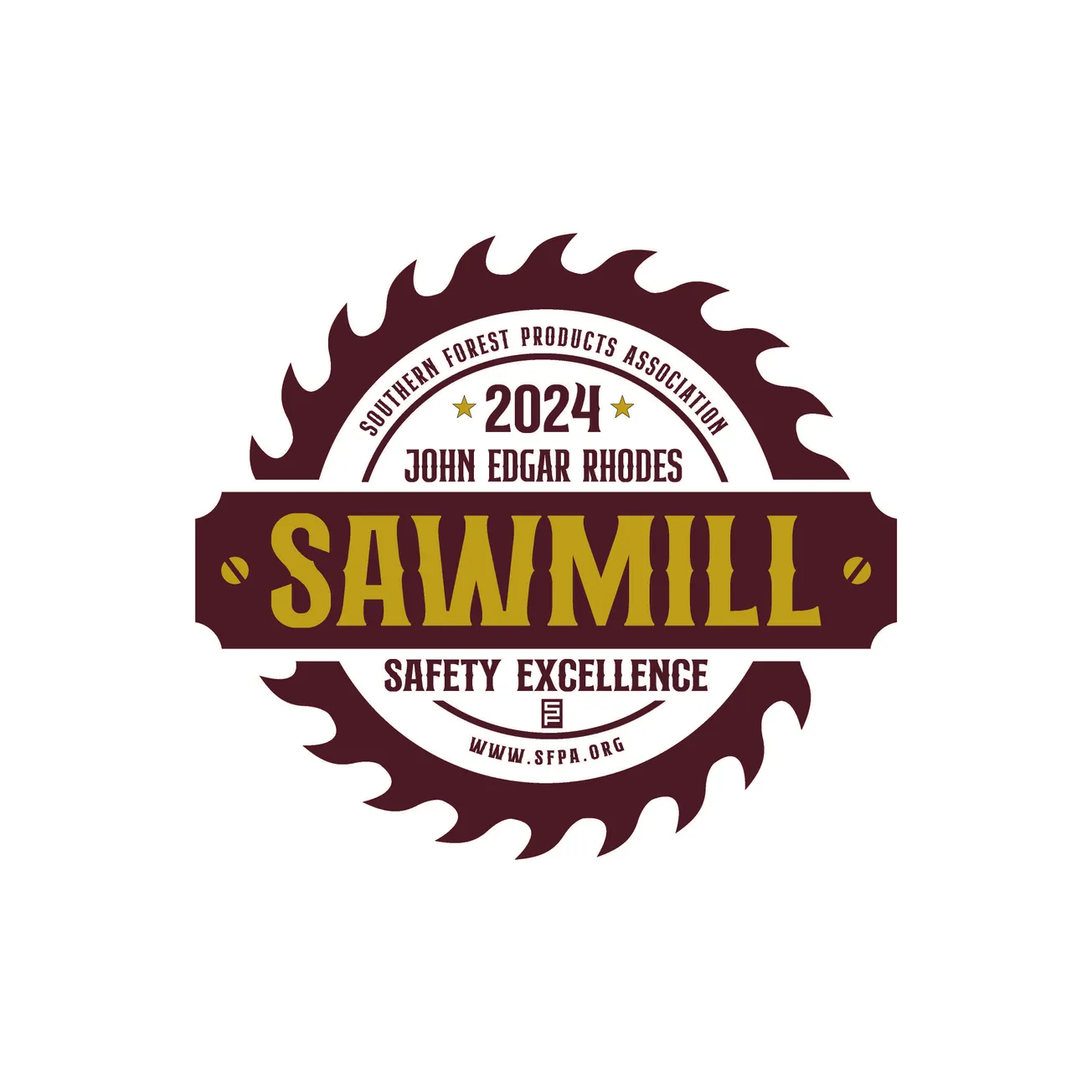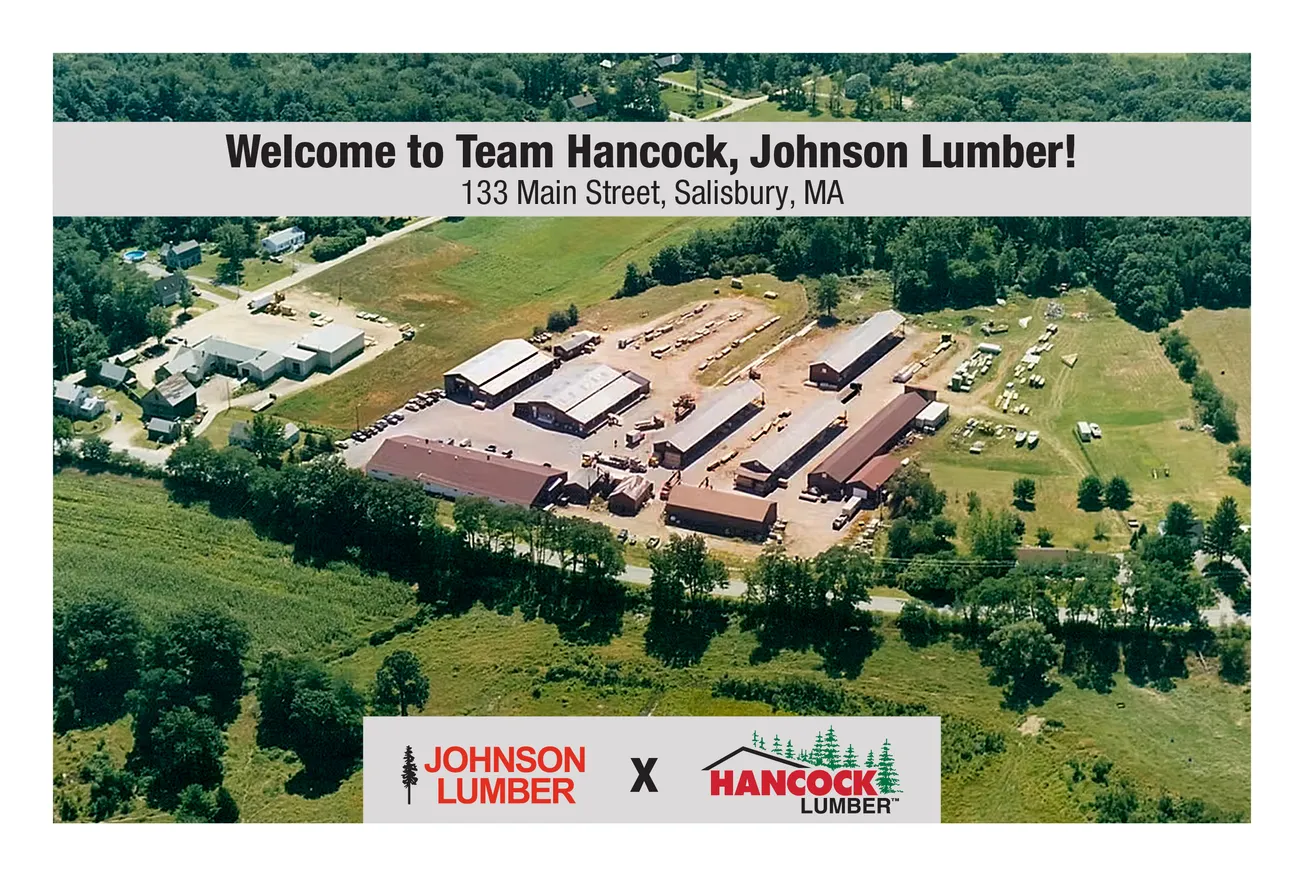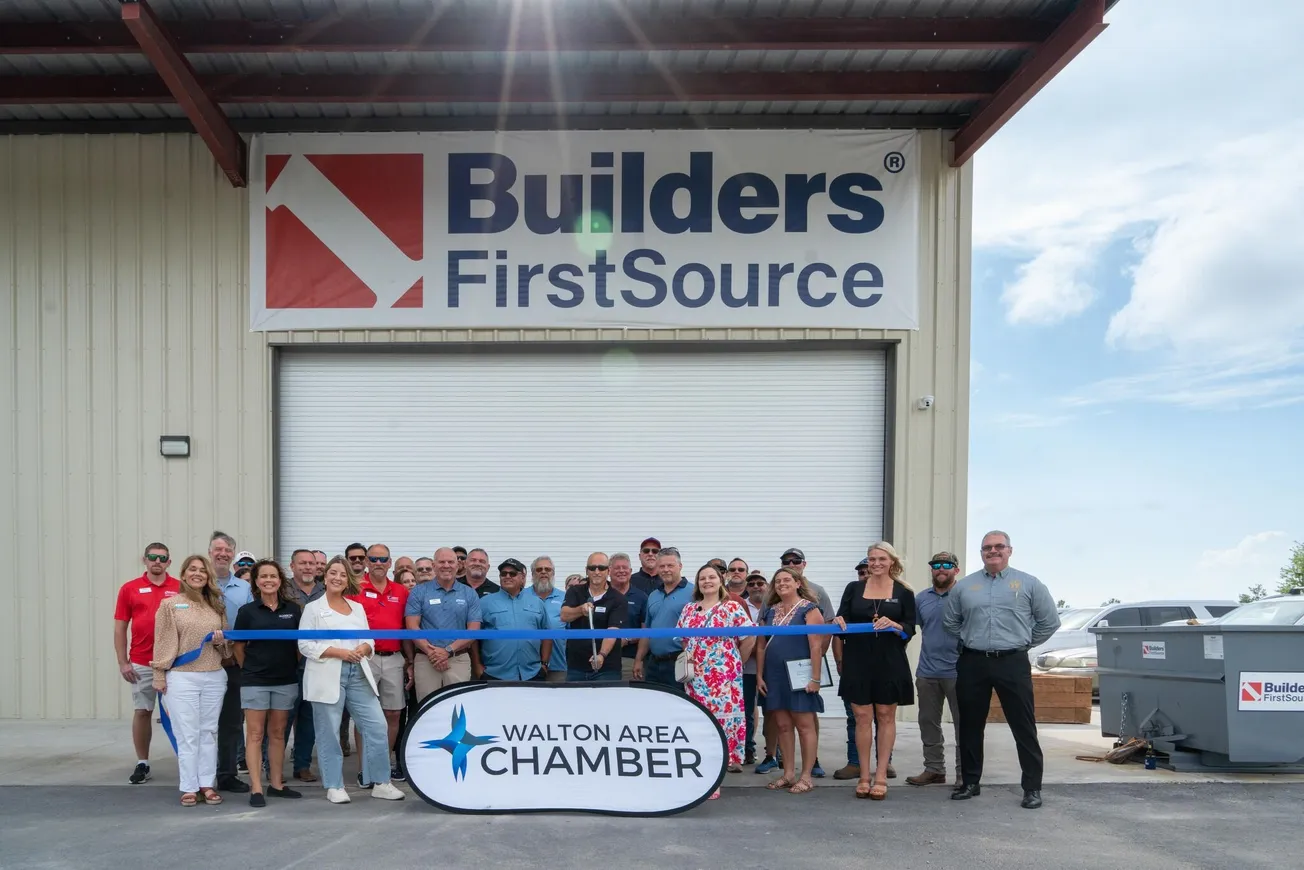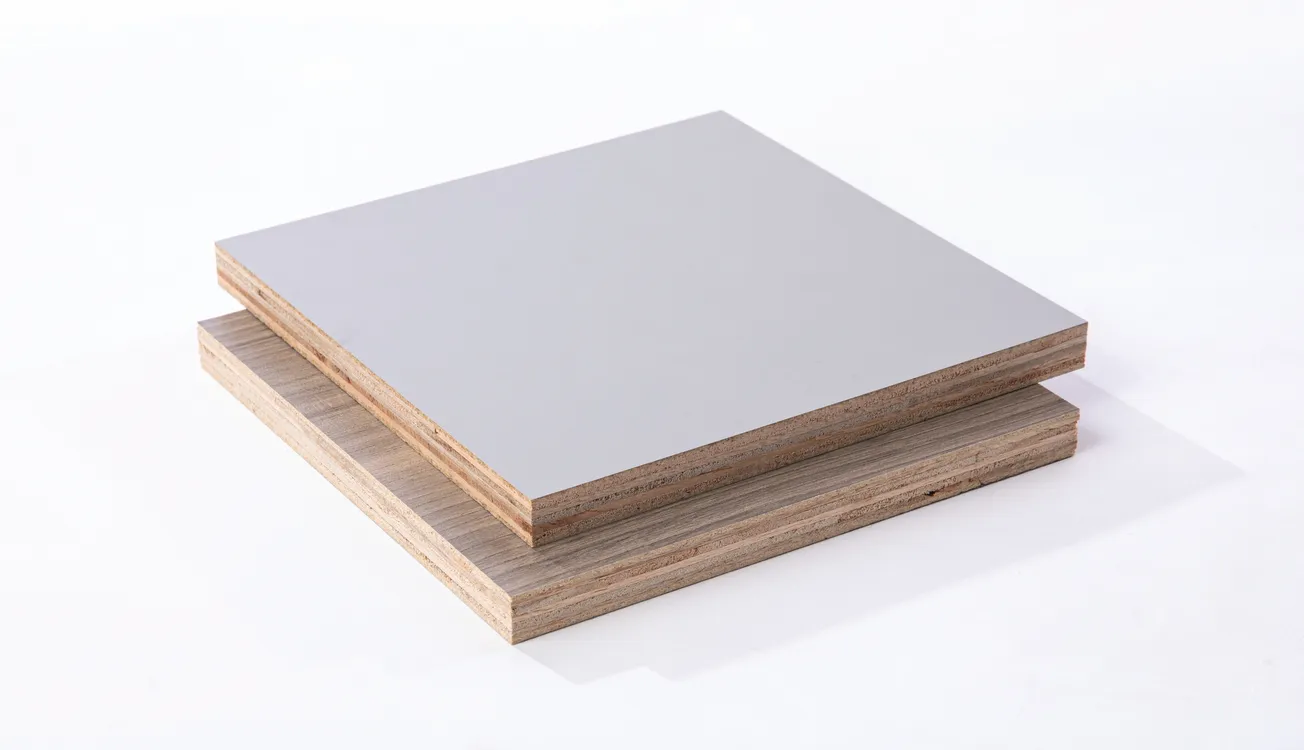Table of Contents
Many Sellers spend their lives presenting product and waiting for the customer to decide. At every “Y in the road” in the sales process, they are passive participants, waiting for the customer to give them an order without asserting any influence on the decision.
The problem with this approach is it works, thus many sellers have the attitude, “It’s working this way, why would I change?” It works, just not as well as promoting ideas and solutions, stating why they are a good deal for our customers, and asking them specifically and directly to buy from us.
Sellers, who are passive, are afraid of conflict. They view the sales process as adversarial—“I’m trying to sell it for as much as possible and the customer is trying to buy it for as little as possible.” Master Sellers view the sales process as a partnership where ideas flow back and forth between equals. Master Sellers focus on promoting products and ideas to their customers that bring them value. They are willing and able to advocate for these ideas without being pushy or argumentative. They know that if they do that, commissions will come. Master Sellers are in the “Yes/No business” while timid sellers are in the “Maybe So” business.
Prospecting
The challenge of a prospect call is to qualify our potential customer to see if we are a good fit. One of the biggest mistakes sellers make in prospecting is failure to qualify on volume. When we fail to qualify on volume, we wake up one day with an account box full of accounts that are too small. Small accounts take the same amount of time and effort to service as big accounts and are more difficult to sell. (A small account can’t afford to “test us out” with a trial order.)
Quotron: “About how much of the 2×4 are you using per month?”
Customer: “We use a fair amount. It varies.”
Quotron: “OK.”
Master Seller: “Approximately how much of the 2×4 are you using per month?”
Customer: “We use a fair amount. It varies.”
Master Seller: “I know you don’t know exactly how much, but could you give me a ballpark amount?”
The Quotron lets the customer side-step their question, which sends the message that it is OK to side-step, which the customer will continue to do all the way through the sales process until we get to end and then the customer will side-step these salespeople again with a “Maybe So” at closing.
Master Sellers are not adversarial. They just ask their question again with an easygoing tone. This sends the message that we are in a partnership relationship and that it is not OK for our customers to dodge our questions.
Closing
Ninety percent of our competition isn’t asking for the order. Customers don’t want or like to say no. This is why Master Sellers are the Yes/No relationships with their customers. When we don’t ask for the business, we send the message that we don’t want it. Many sellers are confused by this concept. “I didn’t say I didn’t want their business!”
Not asking for the order is the same as not inviting someone to our party. We didn’t say, “Don’t come,” but we sent a clear message with the lack of an invitation (to a party or to do business).
Quotron: “I’ve got a car of ABC studs I can get into you for $750/MBF. Whadya think?”
Customer: “Looks good. Thanks for the quote. I’ll get back to you.”
Quotron: “OK.”
Master Seller: “Good morning, Julie. I just picked up five trucks of 2×4 16’s. I can work with you on shipment, they are out of XYZ sawmill, which we love, and the price is fantastic. How many would you like to put on?”
Customer: “What’s the price?”
Master Seller: “That’s the best part, Julie. We can pick these up for $950/MBF, which in this market is a smoking deal, so how many would you like to put on?”
Customer: “I’ll take three.”
Master Sellers ask for the order in a relaxed, natural way. They also ask for the order twice in two sentences, which is more than the struggling seller will do in a month.






